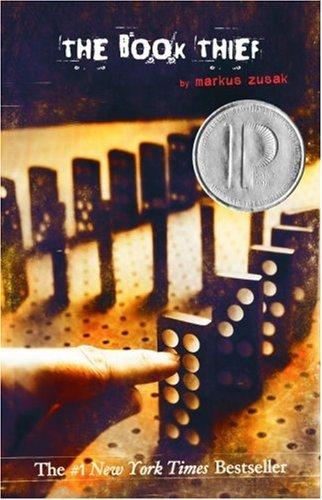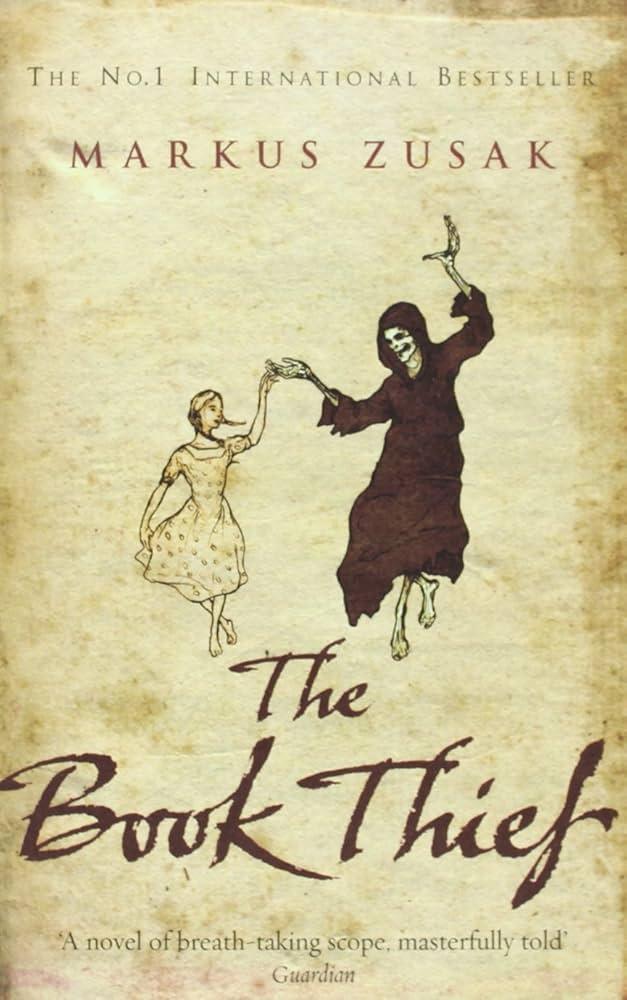In the vast landscape of historical fiction, few novels manage to capture the intricate interplay between history and human experience as profoundly as Markus Zusak’s “The Book Thief.” Set against the backdrop of Nazi Germany, this compelling narrative offers a unique lens through which readers can explore the complexities of a tumultuous era. By weaving together elements of historical accuracy, poignant storytelling, and profound thematic exploration, “The Book Thief” emerges as a must-read for aficionados of historical fiction. This article delves into the novel’s rich tapestry, examining the elements that not only set it apart in the genre but also render it an essential read for those seeking to understand the human condition within the context of history’s darkest chapters.
Exploring the Historical Context and Setting of The Book Thief
Set against the backdrop of Nazi Germany, The Book Thief immerses readers into a world where words hold the power to both destroy and heal. The novel intricately weaves its narrative around the tumultuous era of the 1930s and 1940s, providing a lens into the everyday lives of those living under the oppressive regime. Through the eyes of the protagonist, Liesel Meminger, we explore themes of loss, friendship, and resilience amidst the horrors of war. This setting is not just a backdrop but a character in itself, influencing and shaping the lives of those who inhabit it.
The historical context of the novel is rich with detail, capturing the essence of a society grappling with its identity and moral compass. Readers are introduced to the following aspects of this period:
- Propaganda and Indoctrination: The pervasive influence of Nazi ideology and its impact on the German populace.
- Jewish Persecution: The harrowing realities faced by Jewish communities and those who dared to help them.
- War-torn Landscapes: The physical and emotional devastation wrought by World War II.
By delving into these elements, the novel offers a profound understanding of the complexities of human behavior during one of history’s darkest times, making it an essential read for enthusiasts of historical fiction.

Character Development and Emotional Depth in The Book Thief
One of the most compelling aspects of Markus Zusak’s The Book Thief is its intricate character development, which is woven seamlessly into the tapestry of a war-torn world. The protagonist, Liesel Meminger, is a shining example of how trauma and love can shape a person’s journey. Her transformation from an illiterate girl into a fervent reader and book thief is not just a plot device but a profound exploration of the human spirit’s resilience. Through her eyes, readers witness the power of words to heal and harm, to unite and divide. Liesel’s interactions with other characters, like her foster parents Hans and Rosa Hubermann, add layers to her personality, showcasing her growth from innocence to a deeper understanding of humanity’s complexities.
- Hans Hubermann: A figure of quiet strength and compassion, Hans serves as a moral compass and provides a sense of stability in Liesel’s chaotic world. His kindness and willingness to risk everything for the sake of others offer a poignant contrast to the brutality surrounding them.
- Rosa Hubermann: Initially perceived as harsh and abrasive, Rosa’s character is gradually revealed to possess a tender heart, particularly in her unwavering love for Liesel. Her duality adds depth to the narrative, illustrating the multifaceted nature of human beings.
- Max Vandenburg: The Jewish fist-fighter hiding in the Hubermanns’ basement, Max’s relationship with Liesel is a testament to the bonds formed in adversity. His character provides a powerful commentary on friendship, hope, and survival.
These richly developed characters, along with Zusak’s unique narrative style, ensure that readers are not merely observers of history but participants in an emotionally charged journey. The book’s ability to evoke empathy and understanding through its characters makes it a standout in historical fiction.

Narrative Style and Unique Perspective in The Book Thief
One of the most striking elements of Markus Zusak’s The Book Thief is its narrative style, which sets it apart from traditional historical fiction. Narrated by Death, the novel provides a unique perspective on the events of World War II. This choice of narrator not only offers a fresh viewpoint but also adds a layer of existential reflection to the story. Death’s voice is both omniscient and intimate, allowing readers to see the broader impacts of war while also delving into the personal lives of the characters. This juxtaposition enhances the emotional depth of the novel, making the historical context more relatable and poignant.
- Innovative Narrative Voice: Death as a narrator brings a philosophical tone that challenges readers to contemplate the nature of mortality and the resilience of the human spirit.
- Multifaceted Perspective: The story’s focus shifts between different characters, offering a mosaic of experiences that enrich the narrative.
Zusak’s choice to weave the story through Death’s perspective allows for a non-linear narrative, filled with foreshadowing and flashbacks, that keeps readers engaged and prompts them to piece together the timeline. This approach not only highlights the randomness and chaos of war but also mirrors the fragmented lives of those living through it. The narrative style, combined with the unique perspective, makes The Book Thief a compelling read for anyone interested in exploring the human condition against the backdrop of historical events.

Themes of Resilience and Humanity in The Book Thief
The tapestry of resilience and humanity woven throughout The Book Thief offers readers a profound exploration of the human spirit in the face of adversity. Set against the harrowing backdrop of Nazi Germany, the novel introduces us to characters who, despite overwhelming circumstances, demonstrate incredible fortitude and compassion. Liesel Meminger, the protagonist, embodies this resilience as she navigates the loss and upheaval in her life, finding solace in the power of words and books. Her journey illustrates how literature can serve as a sanctuary and a means of resistance, highlighting the enduring strength of the human soul.
- Endurance Amidst Adversity: Characters like Hans Hubermann and Max Vandenburg showcase an unyielding spirit, each in their unique way. Hans, with his quiet bravery and unwavering kindness, represents the moral courage to stand against tyranny.
- Acts of Compassion: The novel is rich with moments of empathy, such as the Hubermanns’ decision to hide Max, a Jewish fugitive. These acts of humanity underscore the novel’s message that even in the darkest times, people have the capacity to perform acts of profound kindness.
Through these themes, The Book Thief not only recounts a historical narrative but also serves as a testament to the indomitable human spirit, making it an essential read for those who appreciate the depths of historical fiction.
Concluding Remarks
“The Book Thief” by Markus Zusak stands out as a compelling must-read for aficionados of historical fiction due to its unique narrative perspective, rich character development, and evocative portrayal of life in Nazi Germany. By weaving a tale that is both haunting and hopeful, Zusak not only offers a poignant exploration of the human condition but also invites readers to reflect on the profound impact of war on individuals and communities. The novel’s ability to seamlessly blend historical accuracy with a deeply personal story allows it to transcend the genre, making it an essential addition to the reading list of anyone seeking to understand the complexities of history through the lens of fiction. As readers close the final chapter, they are left with a lasting impression of the resilience of the human spirit, a testament to the enduring power of stories in the face of adversity.
